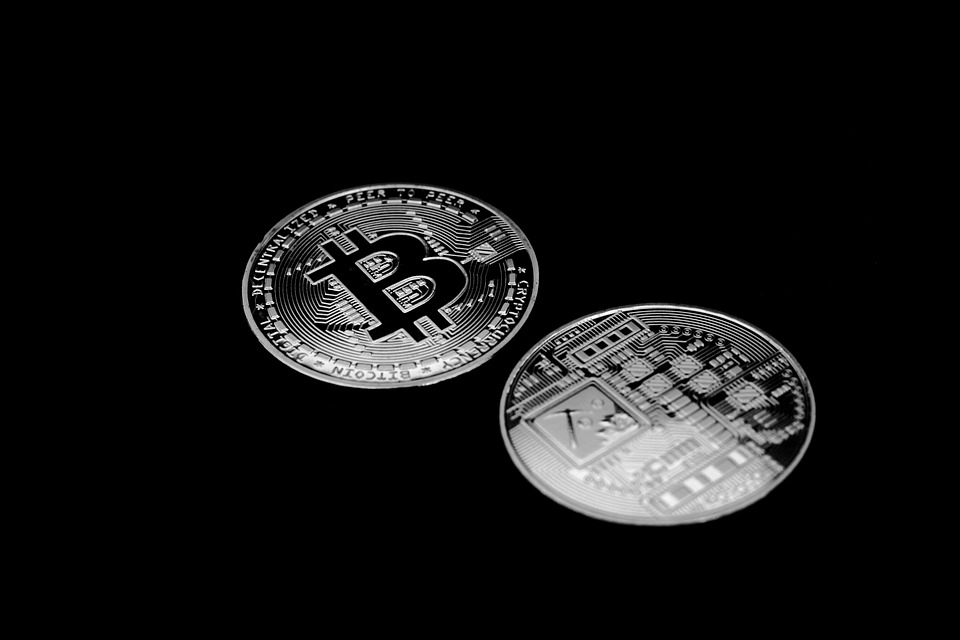
The cryptocurrency market has seen explosive growth and innovation over the past decade. While Bitcoin remains the most well-known and widely adopted cryptocurrency, a myriad of alternative coins, or altcoins, have emerged, each offering unique features and use cases. In this comprehensive guide, we’ll explore some of the top altcoins to watch, examining their potential for growth and their unique contributions to the blockchain ecosystem.
Introduction to Altcoins
Altcoins refer to all cryptocurrencies other than Bitcoin. They offer a range of functionalities, from smart contracts to decentralized finance (DeFi) platforms and more. Altcoins can be categorized based on their consensus mechanisms, use cases, and technological innovations. Understanding the diversity among altcoins is crucial for investors seeking to diversify their portfolios or explore new blockchain technologies.
Ethereum (ETH)
Ethereum is arguably the most influential altcoin, providing a robust platform for decentralized applications (dApps) and smart contracts. Its native currency, Ether (ETH), is widely used for transactions within the Ethereum network. The recent transition from Proof of Work (PoW) to Proof of Stake (PoS) with Ethereum 2.0 enhances its scalability and reduces energy consumption, making it a more sustainable choice for developers and investors alike.
Key Features
- Smart contract functionality
- Decentralized application development
- Transition to Proof of Stake
Cardano (ADA)
Cardano is a blockchain platform renowned for its research-driven approach. It aims to provide a more secure and scalable infrastructure for the development of dApps. Cardano’s Ouroboros PoS consensus mechanism is designed to be more energy-efficient than traditional PoW systems, which makes it attractive to environmentally conscious investors.
Key Features
- Research-based development
- Energy-efficient consensus mechanism
- Strong focus on security and scalability
Polkadot (DOT)
Polkadot is a multi-chain platform aiming to enable different blockchains to interoperate seamlessly. It utilizes a unique sharding mechanism to enhance scalability and offers a heterogeneous multi-chain framework for developers. Polkadot’s ability to connect various blockchains makes it a promising candidate for future blockchain interoperability solutions.
Key Features
- Interoperability between blockchains
- Sharding for scalability
- Strong developer community
Solana (SOL)
Solana is known for its high throughput and low transaction costs, making it an attractive platform for dApp development and DeFi projects. Its unique Proof of History (PoH) consensus mechanism, combined with PoS, allows Solana to process thousands of transactions per second, significantly surpassing many other blockchain networks.
Key Features
- High throughput and low transaction costs
- Proof of History consensus mechanism
- Strong focus on scalability
Chainlink (LINK)
Chainlink is a decentralized oracle network that enables smart contracts to securely interact with real-world data. This functionality is essential for many DeFi applications, where real-time data feeds are required. Chainlink’s ability to connect blockchain-based smart contracts with off-chain data sources has positioned it as a critical infrastructure component in the blockchain ecosystem.
Key Features
- Decentralized oracle network
- Integration with real-world data
- Essential for DeFi applications
Avalanche (AVAX)
Avalanche is designed to offer high throughput and low-latency transaction processing. Its unique consensus protocol, Avalanche consensus, provides fast finality and is capable of supporting thousands of transactions per second. This makes Avalanche a strong contender for DeFi applications and other high-performance blockchain use cases.
Key Features
- High throughput and low latency
- Fast transaction finality
- Suitable for DeFi applications
Polygon (MATIC)
Polygon is a Layer 2 scaling solution for Ethereum, designed to improve transaction speeds and reduce costs. It offers a framework for building interconnected blockchain networks and has become a vital tool for developers looking to scale their Ethereum-based applications without sacrificing security or decentralization.
Key Features
- Layer 2 scaling solution for Ethereum
- Improved transaction speeds and reduced costs
- Framework for interconnected blockchain networks
Conclusion
As the cryptocurrency market continues to evolve, altcoins offer exciting opportunities for innovation and investment. Each altcoin discussed in this guide brings unique features and potential for growth, catering to different aspects of the blockchain ecosystem. Whether you’re interested in developing decentralized applications, exploring DeFi, or simply diversifying your investment portfolio, these altcoins are worth watching as they continue to shape the future of blockchain technology.
In the fast-paced world of cryptocurrencies, staying informed about emerging altcoins and their developments is crucial for making informed investment decisions. With their varied use cases and technological advancements, these high-potential cryptocurrencies represent a dynamic and ever-evolving landscape that promises to redefine how we interact with digital assets and decentralized systems.
#ChatGPT assisted in the creation of this article.








